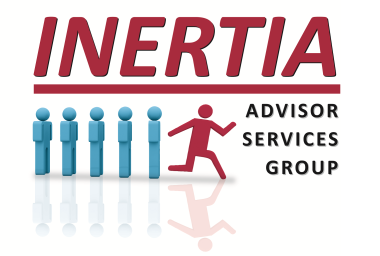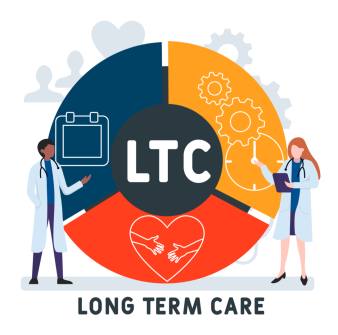The Empowerment of Long-Term Care Planning
As Americans grow older, one of the most empowering things we can do for ourselves is to retain control over our future, especially when it comes to how care is received if the need arises. With that in mind, Long-Term Care (LTC) Planning is more than just preparing for potential healthcare costs—it is about safeguarding our ability to make decisions that align with our values, preferences, lifestyle, and family dynamics. LTC Planning considers potential care funding and delivery, such as self-funding, family/friend caregiving, Medicaid, risk mitigation, and provides the clarity necessary to maintain choice and control throughout our later years.
The Critical Role of LTC Planning in Preserving Choice
A common misconception is that simply paying for care is the same as planning for care; however, these are fundamentally different concepts. Paying for care focuses solely on the financial aspect, often addressing the need reactively, while planning for care is a proactive process that involves not just securing the financial means but also considering the various choices consumers want to maintain regarding how, where, and by whom care is delivered. Planning ensures that when the time comes, thoughtful decisions have already been made that align with one’s desires, rather than being forced into chaotic decisions.
LTC Planning is essential to ensure consumers can make proactive, informed decisions about future care, rather than leaving those choices to chance, circumstance, and crisis. Without proper planning, options may be limited, forcing decisions that fail to align with expectations or family wishes. However, by proactively planning, it’s possible to retain the power to make choices that reflect personal preferences.
The Top-10 Ways LTC Planning Preserves Choice, Control, and Clarity
Choice of Care Setting: One of the most fundamental decisions is where care will be received. Whether that’s Aging in Place, or a move to an assisted living facility or a nursing home, LTC Planning memorializes those decisions based on desired comfort, needs, and financial considerations.
Choice of Care Provider: With LTC Planning, specific caregivers or facilities are selected to best meet individual needs. This could include hiring trusted in-home care providers or choosing a facility known for its quality of care.
Level/Timing of Care, Rehabilitation, and Therapy: Not all care needs are the same, and planning ensures receiving the appropriate level of care, whether it's basic assistance with daily activities, more intensive medical care, or rehabilitation and therapy services. This maintains or improves health, balancing independence with the support needed as circumstances change.
Financial Resource Allocation & Insurance Utilization: Planning allows the strategic allocation of savings, investments, or insurance to cover care costs, ensuring choices are not constrained solely by finances. This often makes preferred care options more affordable, without compromising other financial goals are not, and preserving a legacy whenever possible.
Family Involvement: Planning determines how much involvement family or friends will have in caregiving, helping to prevent caregiver burnout and maintain family harmony.
Medicaid Planning & Legal Protections: If Medicaid becomes necessary, planning helps meet eligibility requirements without unnecessarily depleting your assets, allowing for greater choice in how and where care is provided. At the same time, establishing advance directives, powers of attorney, and living wills ensures that care decisions are respected even when someone is unable to make them themselves.
Access To Technology: Incorporating tools such as telemedicine, health monitoring devices, and smart-home systems can enhance independence, improve safety, and keep consumers connected to both healthcare providers and loved ones.
Lifestyle & Community Preferences: LTC Planning helps maintain a desired lifestyle, such as staying in a preferred community or ensuring access to activities and social groups that are important. And staying engaged with social or community groups can be vital to mental well-being to enhance quality of life or prevent isolation.
Health Care Decision-Making: Designating a healthcare proxy allows someone trusted to make decisions if there is incapacitation, maintaining the preferred level of care.
End-of-Life Care: This planning ensures choices about palliative care, hospice care, and other end-of-life preferences, so life’s final days, weeks, or months are lived according to personal values and wishes.
Maintaining choice is at the heart of Long-Term Care Planning, not just about having a funding strategy to pay for care. It's about having a well-thought-out plan that might incorporate many strategies — Self-Funding, Family/Friend caregiving, Medicaid, and risk mitigation — to secure a wide range of options.
The recognition that "paying for care" is not the same as "planning for care," proactive steps can be taken to ensure that future care aligns with preferences and values. With thoughtful planning, the consumer can navigate the complexities of aging with confidence, knowing that the choices made today will secure dignity and independence in the years to come.

